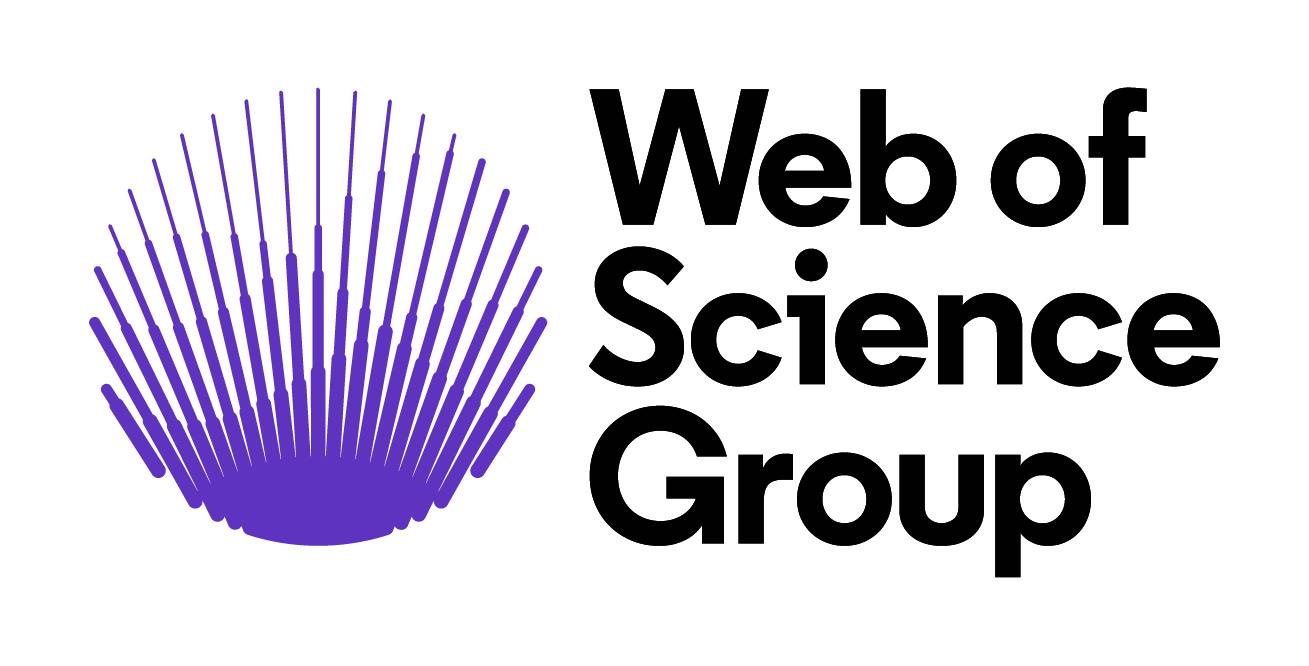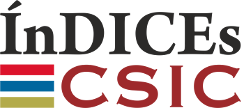Condições para Submissão
Como parte do processo de submissão, os autores são obrigados a verificar a conformidade da submissão em relação a todos os itens listados a seguir. As submissões que não estiverem de acordo com as normas serão devolvidas aos autores.- O artigo inclui o nome próprio completo e o(s) apelido(s) do/a autor/a e dos/as autores/as presentes na bibliografia final.
- O artigo cumpre o uso adequado de linguagem inclusiva e não sexista.
- O artigo informa se os dados de base da investigação têm em conta o sexo, de modo a permitir a identificação de possíveis diferenças.
- No caso de terem sido recolhidos, processados e analisados dados durante a investigação, o respetivo conjunto de dados acompanha este envio.
Declaração de Direitos de Autor
As obras publicadas nesta revista estão sujeitas aos seguintes termos:
-
O Serviço de Publicações da Universidade de Múrcia (a editora) conserva os direitos patrimoniais (copyright) das obras publicadas e favorece e permite a sua reutilização sob a licença de uso indicada no ponto 2.
© Serviço de Publicações, Universidade de Múrcia, 2011
-
As obras publicadas nesta revista estão sujeitas à licença Attribution-ShareAlike 4.0 International (CC BY SA 4.0). Assim, podem ser copiadas, utilizadas, divulgadas, transmitidas e exibidas publicamente, desde que:
i) seja citada a autoria e a fonte original da publicação (revista, editora e URL da obra), permitindo o devido reconhecimento.
ii) seja permitido remixar, transformar ou criar a partir do material, desde que seja mantida a mesma licença do original.
-
Condições de autoarquivamento. É permitido e encorajado que os autores divulguem eletronicamente as versões preprint (versão antes de ser avaliada) e/ou postprint (versão avaliada e aceita para publicação) das suas obras antes da publicação, pois isso favorece a sua circulação e difusão antecipadas e, assim, um possível aumento da citação e alcance na comunidade académica. Cor RoMEO: verde.
Política de Privacidade
Os nomes e endereços de e-mail inseridos nesta revista serão utilizados exclusivamente para os fins declarados por esta revista e não estarão disponíveis para qualquer outro propósito ou para outras pessoas.
Propriedade intelectual
Em aplicação do artigo 35 do Regulamento do Serviço de Publicações da Universidade de Múrcia, todo o conteúdo científico publicado na Imafronte está sujeito aos seguintes termos:
-
O Serviço de Publicações da Universidade de Múrcia (Editum) mantém os direitos de propriedade intelectual (copyright) das obras publicadas e promove e permite a sua reutilização sob a licença de uso indicada no ponto seguinte.
© Serviço de Publicações, Universidade de Múrcia, 2011
-
As obras são publicadas na edição eletrónica da revista sob a licença Creative Commons Atribuição 4.0 Internacional (CC BY 4.0). É permitido copiar e redistribuir o material em qualquer meio ou formato, bem como remixar, transformar e criar a partir do material para qualquer finalidade, inclusive comercial.


















